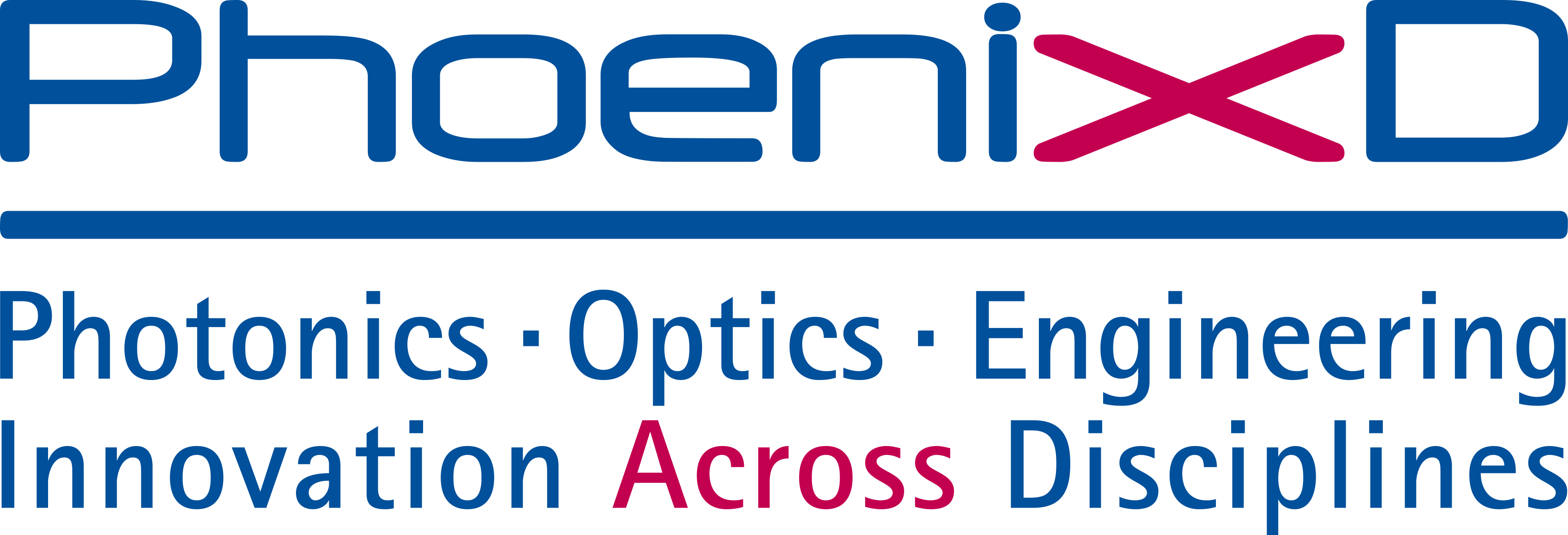Flexible manufacturing of optical structures with low surface roughness in fused silica using selective laser etching
- verfasst von
- Axel Günther, Denny Philip, Lei Zheng, Wolfgang Kowalsky, B. Roth
- Abstract
Selective laser etching (SLE) enables highly precise 3-dimensional structuring of glasses with a resolution of a few µm. The procedure requires two main process steps. First, the desired structure design created beforehand is transferred inside the glass by a fs-pulsed laser. Subsequently, the glass is placed in acid or a lye, respectively, to etch the modified area. Hereby, the required liquid for the post-processing step depends on the used glass type. In our work, we performed a detailed investigation of the structuring of fused silica with subsequent etching by KOH solution. We studied the influence of different writing parameters such as laser power, repetition rate, polarization, stage motion speed and hatching distance towards an optimized surface roughness which is crucial for optical applications. Hereby, we were able to reliably achieve surface roughness values of ~40 nm and realize first waveguiding structures. Additionally, we also structured the glass periodically with feature sizes of less than 1 µm. The process developed is not limited to the structuring of flat glass substrates. Also standard glass fibers were employed to realize free access to the fiber core and create integrated optical structures for sensing. We will present our latest results of structuring and etching different types of glasses and geometries achieved by varying the laser parameters with and without a subsequent tempering step. Various optical structures were created and characterized as well as their feasibility for utilization as optical sensors demonstrated.
- Organisationseinheit(en)
-
PhoenixD: Simulation, Fabrikation und Anwendung optischer Systeme
Angewandte Photonik - Optische Analytik, Sensorik und Spektroskopie
Institut für Transport- und Automatisierungstechnik
Hannoversches Zentrum für Optische Technologien (HOT)
- Externe Organisation(en)
-
Technische Universität Braunschweig
- Typ
- Aufsatz in Konferenzband
- Publikationsdatum
- 2024
- Publikationsstatus
- Veröffentlicht
- Peer-reviewed
- Ja
- ASJC Scopus Sachgebiete
- Elektronische, optische und magnetische Materialien, Physik der kondensierten Materie, Angewandte Informatik, Angewandte Mathematik, Elektrotechnik und Elektronik
- Elektronische Version(en)
-
https://doi.org/10.1117/12.3000221 (Zugang:
Geschlossen)


